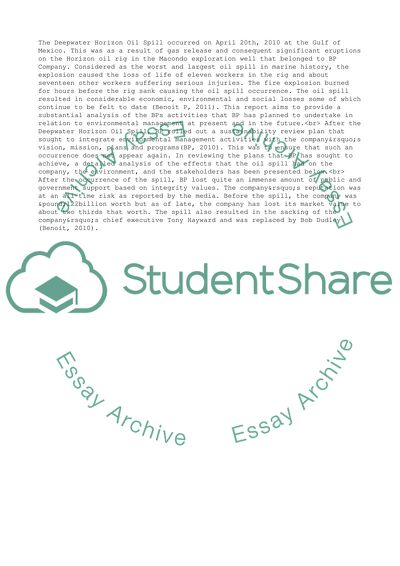Cite this document
(Environment Management for Sustainable Development Case Study, n.d.)
Environment Management for Sustainable Development Case Study. Retrieved from https://studentshare.org/management/1611718-environment-management-for-sustainable-development
Environment Management for Sustainable Development Case Study. Retrieved from https://studentshare.org/management/1611718-environment-management-for-sustainable-development
(Environment Management for Sustainable Development Case Study)
Environment Management for Sustainable Development Case Study. https://studentshare.org/management/1611718-environment-management-for-sustainable-development.
Environment Management for Sustainable Development Case Study. https://studentshare.org/management/1611718-environment-management-for-sustainable-development.
“Environment Management for Sustainable Development Case Study”, n.d. https://studentshare.org/management/1611718-environment-management-for-sustainable-development.


